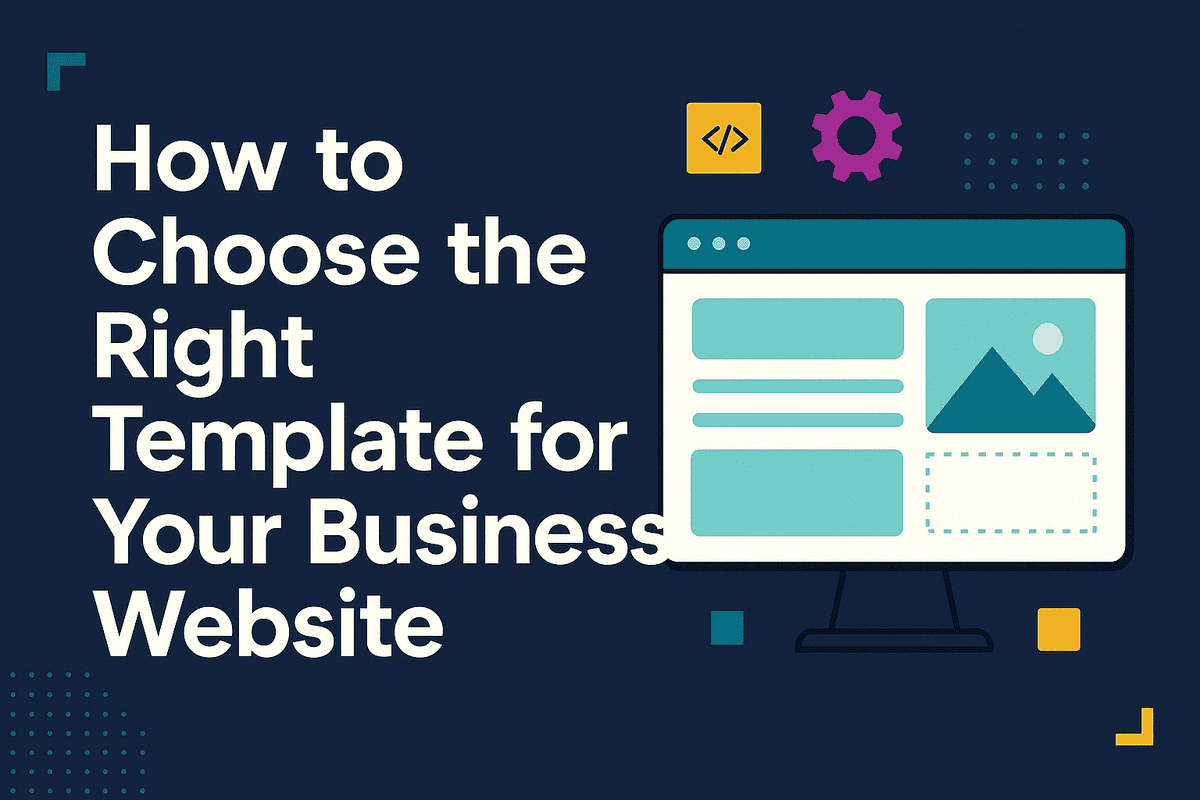How to Choose the Right Template for Your Business Website
Launching a professional website in 2025 has never been easier—but with thousands of templates available, how do you pick the right one for your business? Your website template sets the tone for your entire brand online. It influences user experience, engagement, and even search engine visibility. In this guide, we’ll break down how to choose the ideal business website template based on structure, style, and performance.
1. Know Your Business Goals
Before browsing any templates, clearly define the purpose of your website. Are you aiming to sell products, attract leads, promote services, or build a brand? Different templates serve different goals. For example:
- Lead generation: Look for templates with bold call-to-actions and form integration.
- eCommerce: Choose a layout optimized for product listings and secure checkout.
- Service-oriented businesses: Go for clean, professional, and trust-building designs.
2. Prioritize Responsive Design
With mobile users making up over half of all website traffic, a mobile-friendly template is essential. Look for layouts that automatically adjust to screen size and maintain functionality across all devices. Test demos on your phone to evaluate responsiveness before choosing.
3. Check for Customization Options
Your business is unique—your website should be too. Ensure the template allows for customization of fonts, colors, images, and layout sections. Templates that support drag-and-drop editors like Elementor or WPBakery can help non-developers build custom layouts easily.
4. SEO and Speed Optimization
Performance matters more than ever. A bloated template might look great, but it can slow down your site and hurt your Google rankings. Choose a template that is lightweight, uses clean code, and follows SEO best practices such as:
- Proper heading structure (H1, H2, H3)
- Fast loading times (less than 2.5 seconds)
- Mobile-first design
- Schema support and meta tag readiness
5. Industry-Specific Features
Templates designed for your industry often come with relevant features built-in. A law firm template might include appointment booking, while a real estate theme may offer property listing tools. These features save time and money during setup.
6. Review Support and Updates
Even the best template is useless if it breaks after an update. Always choose a template backed by active developer support and regular updates. This ensures compatibility with WordPress, plugins, and future web standards.
Conclusion
Choosing the right template is more than a design decision—it’s a business move. By focusing on your goals, usability, and technical performance, you can select a template that helps your brand grow. The perfect business website template is one that blends beauty with brains—offering functionality, flexibility, and future-proof design.








